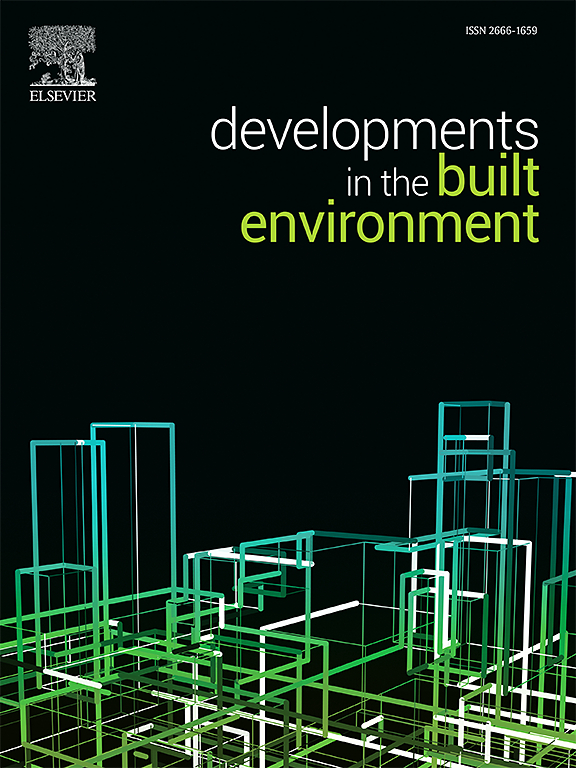纤维增强聚合物约束混凝土的通用三维应力-应变概念模型
IF 8.2
2区 工程技术
Q1 CONSTRUCTION & BUILDING TECHNOLOGY
引用次数: 0
摘要
本研究提出了一种通用的三维应力-应变概念模型,用于纤维增强聚合物(frp)混凝土,整合了合成和天然纤维材料。提出的模型通过提供统一的框架来准确预测frp约束混凝土在各种纤维类型和应用中的应力-应变行为,从而解决了现有约束模型的局限性。该模型是通过对实验数据的深入分析和对现有应力-应变模型的全面回顾而建立的。系统地解决了合成纤维和天然纤维在延展性和强度方面的变化等关键挑战,以提高模型的预测准确性。通过与实验数据的比较,验证了该模型的能力,证明了其在捕捉FRP材料与混凝土之间复杂相互作用方面的可靠性。所提出的模型可以增强frp约束混凝土结构的分析、设计和可持续性,推进约束方法,特别是促进天然纤维作为建筑中可持续材料的使用。本文章由计算机程序翻译,如有差异,请以英文原文为准。
Generic 3D conceptual stress-strain model for concrete confined with fiber reinforcement polymers
This study proposes a generic 3D conceptual stress-strain model for concrete confined with fiber reinforced polymers (FRPs), integrating both synthetic and natural fiber materials. The proposed model addresses limitations of existing confinement models by providing a unified framework that accurately predicts the stress-strain behavior of FRP-confined concrete across various fiber types and applications. The model was developed by thoroughly analyzing experimental data and conducting a comprehensive review of existing stress-strain models. Key challenges, such as variations in ductility and strength between synthetic and natural fibers, were systematically addressed to enhance the model's predictive accuracy. The model's capability was validated through comparisons with experimental data, demonstrating its reliability in capturing the complex interactions between FRP materials and concrete. The proposed model can enhance the analysis, design, and sustainability of FRP-confined concrete structures, advancing confinement methodologies and in particular promoting the use of natural fibers as sustainable materials in construction.
求助全文
通过发布文献求助,成功后即可免费获取论文全文。
去求助
来源期刊

Developments in the Built Environment
Multiple-
CiteScore
7.40
自引率
1.20%
发文量
31
审稿时长
22 days
期刊介绍:
Developments in the Built Environment (DIBE) is a recently established peer-reviewed gold open access journal, ensuring that all accepted articles are permanently and freely accessible. Focused on civil engineering and the built environment, DIBE publishes original papers and short communications. Encompassing topics such as construction materials and building sustainability, the journal adopts a holistic approach with the aim of benefiting the community.
 求助内容:
求助内容: 应助结果提醒方式:
应助结果提醒方式:


